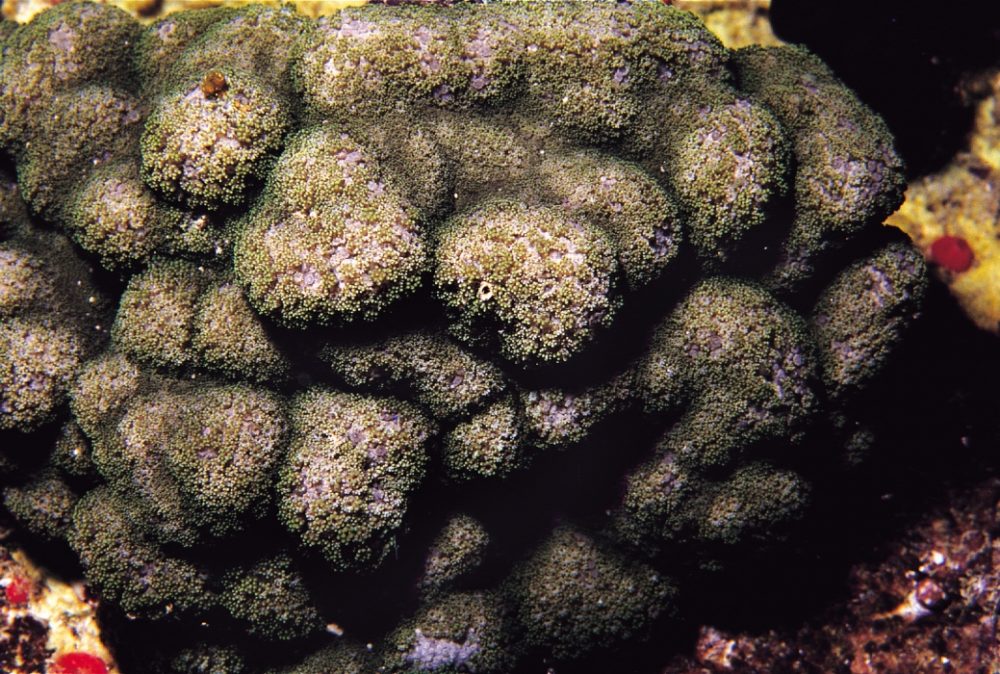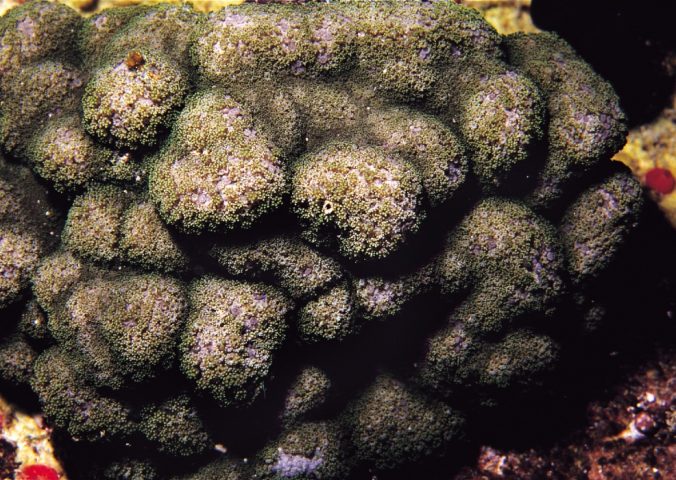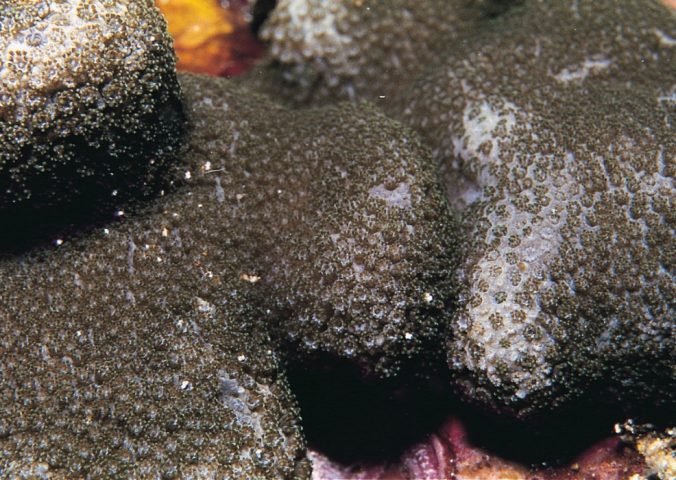About
Within the genus Alveopora, there are 12 species, most of which, like A. minuta, are poorly documented in terms of their biology and ecology.
Little is known about this species’ reproductive habits. Other species in the Alveopora genus are known to be hermaphroditic, that is, possess both male and female reproductive organs. It is likely that this species shares this attribute. Studies have also shown another Alveopora species is capable of reaching sexual maturity within 3 years. Again, Alveopora minuta may well be similar in this respect.
It is known to be widespread but rare throughout its range and like many other EDGE coral species it is targeted for the aquarium trade due to its attractive appearance.
There is no species-specific information on this species but it is thought to be in decline due to loss of reef habitat.
- Order: Scleractinia
- Family: Poritidae
- Trend: unknown
- Depth Range (m): 1 - 20
EDGE Score
Distribution
This species is found in the central Indo-Pacific, including the Solomon Islands.
Habitat and Ecology
Alveopora minuta is a rare, reef building coral that inhabits exposed rocky substrates subject to moderate water currents generally down to depths of 20 m.


